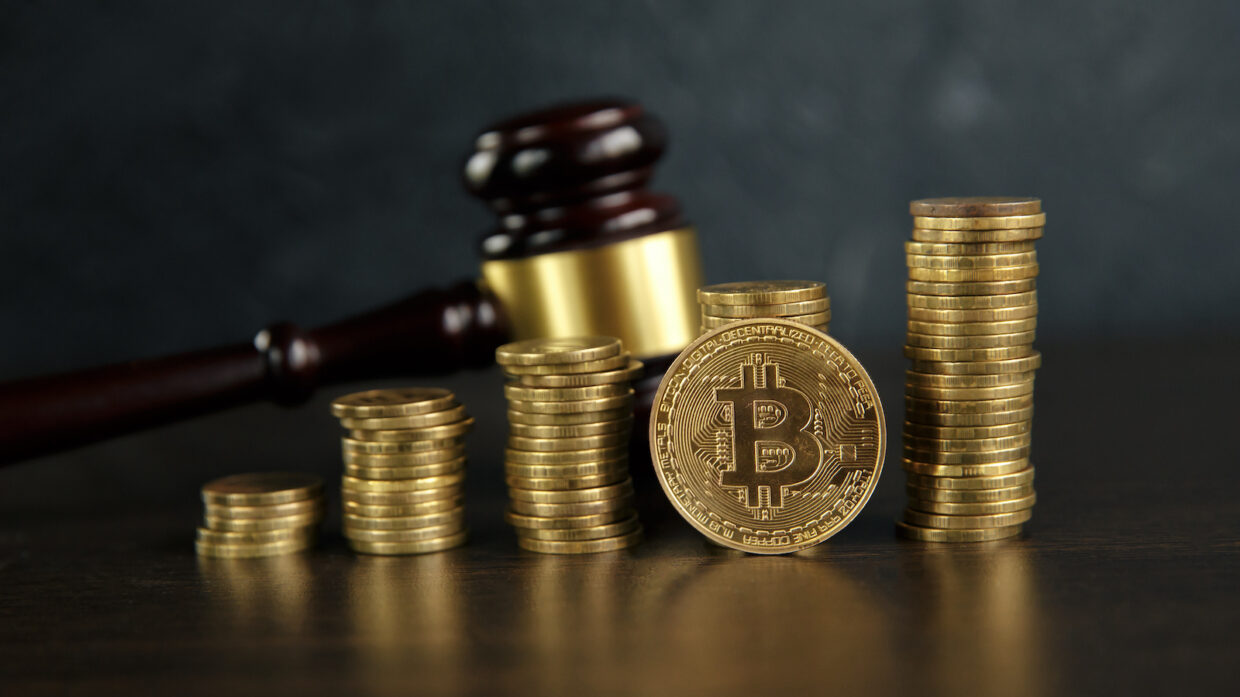|
Getting your Trinity Audio player ready...
|
As governments worldwide grapple with the meteoric rise of cryptocurrencies and blockchain technologies, Australia is taking steps toward regulation. Surprisingly, some digital artists, who once saw blockchain as a liberating force, are welcoming this move. This raises a provocative question: Is regulation a necessary step to legitimize the crypto-art world, or could it stifle the very creativity it aims to protect?
Blockchain technology, particularly Non-Fungible Tokens (NFTs), promised a revolution for digital artists like Sydney-based Adam Sullivan. He saw NFTs as a way to sell his digital art and music, providing a “home and ecosystem” for his creations. However, the lack of regulation attracted “bad actors,” leading to a loss of trust in the technology. But is regulation the only way to restore this trust, or are there alternative paths that preserve the technology’s disruptive potential?
Treasurer Jim Chalmers recently unveiled a paper recommending greater oversight of crypto exchanges in Australia. The move aims to bring transparency and security to a sector marred by scandals, such as the arrest and ongoing fraud trial of former crypto billionaire Sam Bankman-Fried. While regulation might offer more security, it also poses questions: Could this lead to bureaucratic hurdles that deter innovation? And what would this mean for the global crypto community?
Jay Mogis, a specialist in digital media licensing, suggests that NFTs could eventually become mainstream technology, helping artists manage content attribution and exchange. He advocates for a “unified global regulatory approach” to avoid administrative duplication. But how feasible is a global approach, given the diverse regulatory landscapes across countries?
Cryptologist Shaanan Cohney points out that the blockchain’s promise of validating art purchases through NFTs is still contentious. The challenge lies in defining legal possession of digital assets. Cohney warns that even with proper regulation, “most cryptocurrency products are only suitable for investors who have money to lose.” This leads to a critical question: Are we risking the democratization of art ownership by introducing stringent regulations?
As Australia moves toward crypto regulation, the art world finds itself at a crossroads. While some artists like Sullivan see regulation as a way to “get on the right path,” others worry about the potential constraints on creative freedom. As the debate rages on, one thing is clear: the intersection of art and technology is entering a new, uncertain phase. Whether this will lead to a renaissance or a regression remains to be seen.



